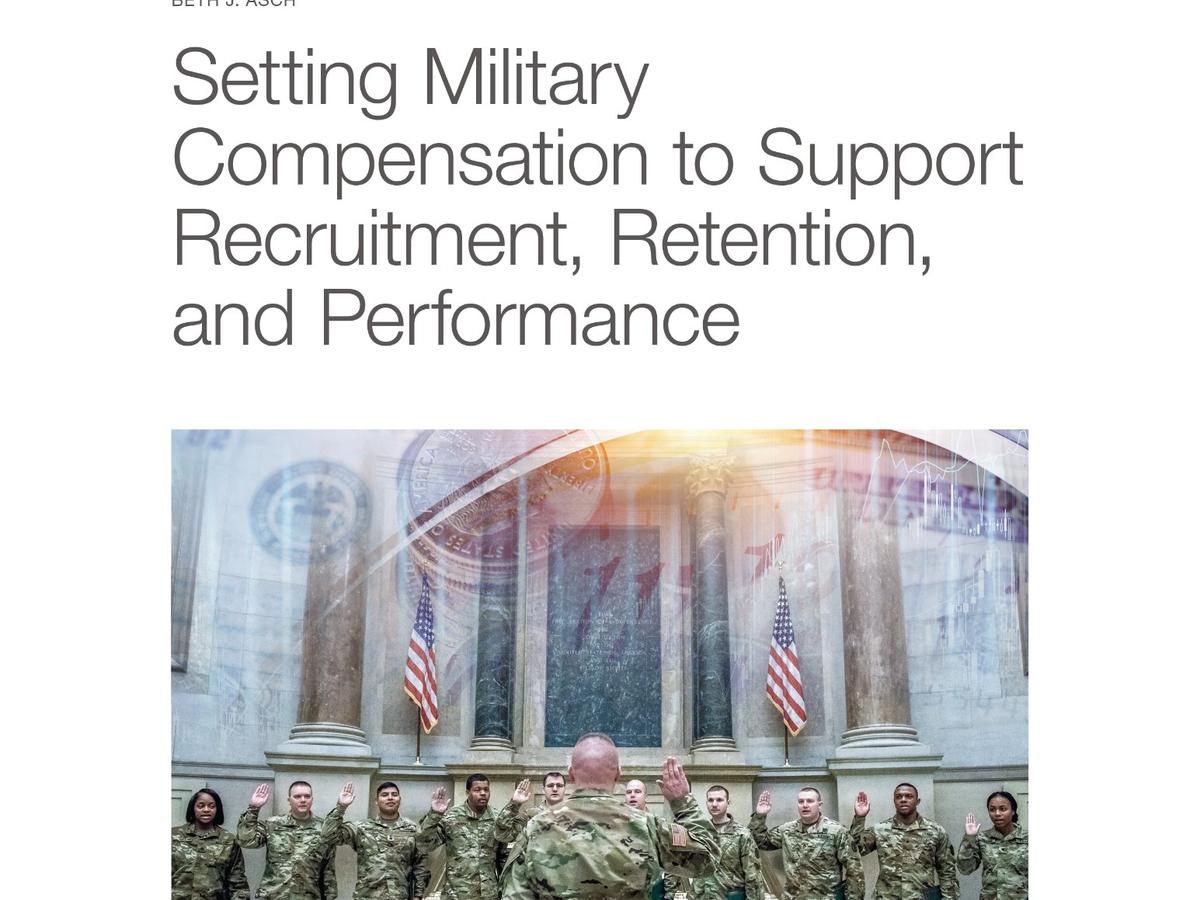
Military personnel costs, including health care costs, are substantial, amounting to more than $226 billion in the U.S. Department of Defense’s (DoD’s) budget request for fiscal year 2023. A major contributor to these costs, over and above the size and seniority of the force, is military compensation, which includes basic pay, allowances, special and incentive pays, retired pay, quality of life initiatives, and health care for military families and retirees.
While some inefficiencies identified by past research have persisted for decades, the end of operations in Iraq and Afghanistan, emerging personnel requirements, and concerns about recruiting have renewed interest in how the compensation system could be improved. This report, produced prior to the work of the 14th Quadrennial Review of Military Compensation, summarizes the body of literature on military compensation, with the goal of identifying ways to improve efficiency and gaps in knowledge for which future analysis would be promising.
Key Findings
- The level of military compensation may have been set inefficiently high, at least until 2019, to the extent that (1) pay substantially exceeded the DoD benchmark and (2) recruiting and retention outcomes were at least as good as when the benchmark was set. Whether pay continues to be too high is unclear, given shifts in the labor market and other economic changes.
- The Employment Cost Index (ECI), used to guide the annual military pay raise, provides inaccurate information about changes in the labor market earnings available to military personnel, since military personnel are younger, are more likely to be male, and have different education attainment than the broader labor market with which the ECI is computed.
- The structure of the basic pay table should embed stronger incentives for performance by increasing the rewards associated with promotion, especially for officers and possibly through a time-in-grade pay table.
- Allowances have not been rigorously evaluated since the late 1990s. The food allowance is based on a food standard that has not been updated since 2007 and that does not reflect DoD’s nutrition standards. Other allowances vary with family status, but there is a lack of evidence to show that such variation is related to differences in productivity.
- Special and incentive pays should embed stronger retention and performance incentives by making such pays contingent on a service obligation.

